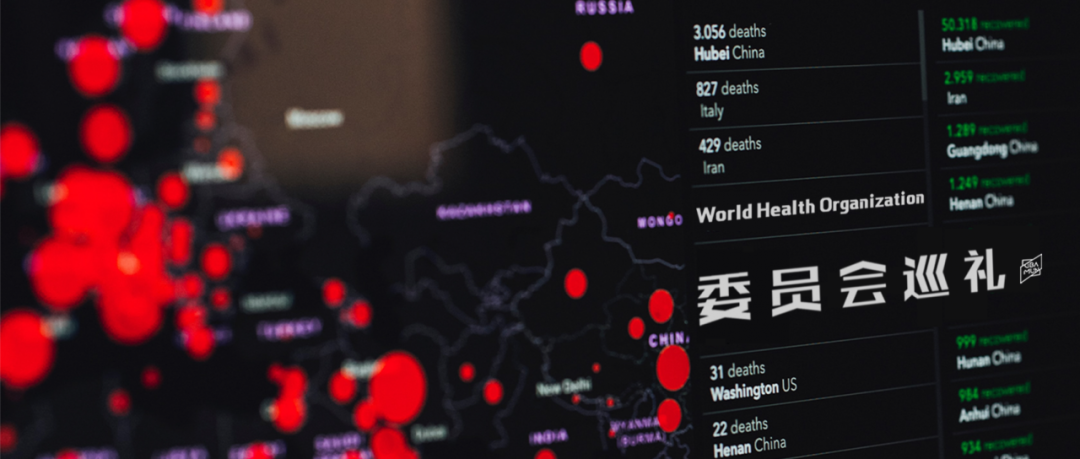I.General review of COVID-19 Epidemic
II. What has been done by WHO?
WHO will continue to update the dynamics of the outbreak, and we all look forward to that more efforts will be made by WHO and more organizations.

WHO will continue to update the dynamics of the outbreak, and we all look forward to that more efforts will be made by WHO and more organizations.
I was excited to find this website. I want to to thank you for your time just for this wonderful read!! I definitely really liked every part of it and I have you saved to fav to look at new things in your blog.